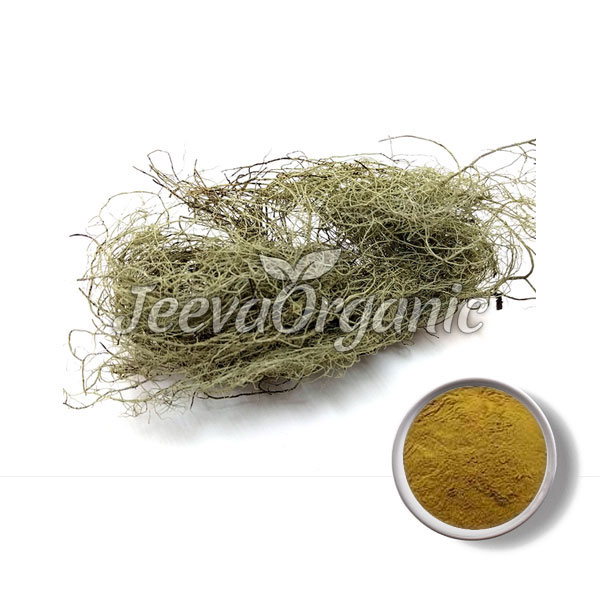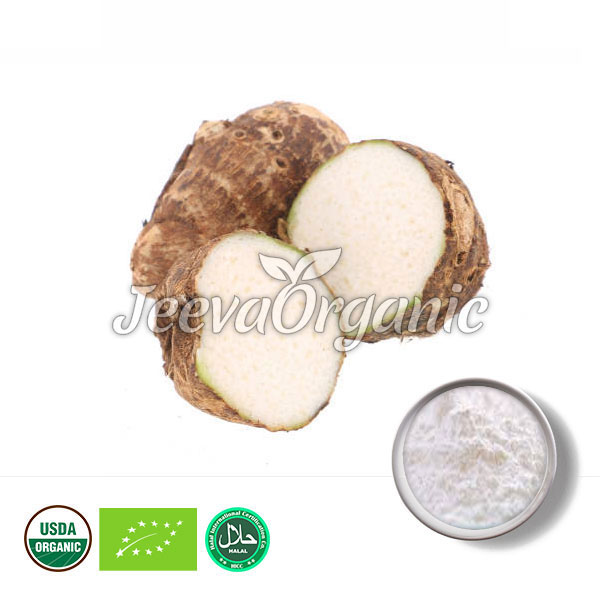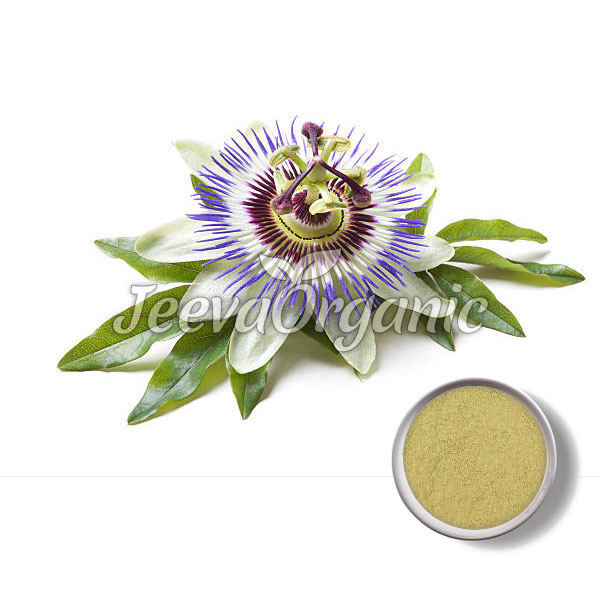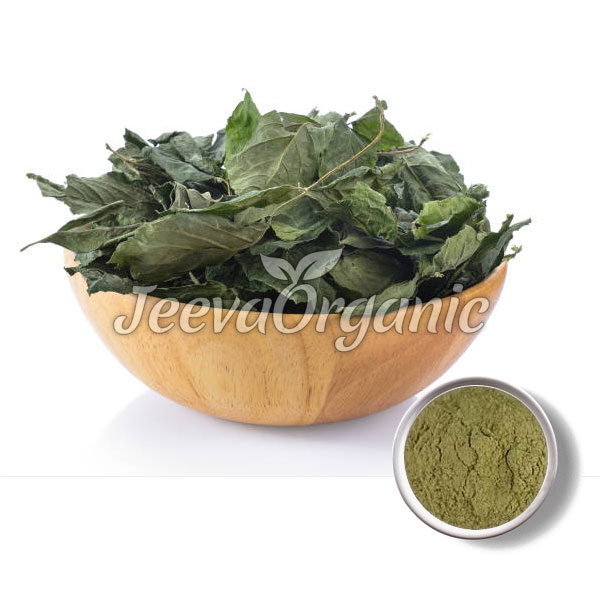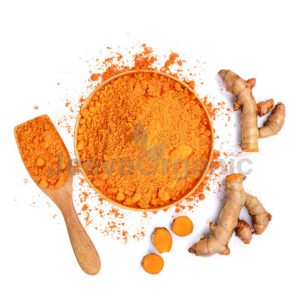- 1. What is the biological source of White Mulberry?The biological source of White Mulberry are Morus alba.
- 2. What are the common names of White Mulberry?White Mulberry is also known as Common Mulberry and Silkworm Mulberry.
- 3. What are the nutrients present in White Mulberry?The nutrients present in White Mulberry include protein, carbohydrates, fibre, iron, calcium, vitamin A, vitamin C, flavonoids, alkaloids, and phenolic acid.
- 4. How do you qualify White Mulberry Leaf Extract Powder based on heavy metal and why?We test our products for the presence of heavy metals including cadmium, arsenic, mercury, and lead as these are known as carcinogens and considered harmful for human consumption beyond certain limits. We also make sure our products abide by California prop 65 regulations for lead content below 0.5 ppm levels.
- 5. Is the heavy metals content within a suitable limit as per CA prop 65?Yes, the heavy metals content in this product is within the limit as per CA Prop 65.
- 6. Is your product free from GMO?Yes, the White Mulberry Leaf Extract Powder provided by us is free from GMO. As GMOs are dangerous for health, we do not accept products from the facilities where GMOs are manufactured, processed, or produced.
- 7. What is the Moisture content in White Mulberry Leaf Extract Powder that you provide?The moisture content in our White Mulberry Leaf Extract Powder is below 5%. This offers better control over microbial growth and increases the overall shelf life.
- 8. What is test method used in White Mulberry Leaf Extract Powder?The test method used in White Mulberry Leaf Extract Powder is HPLC.
- 1. What is the botanical name of Witch Hazel?The botanical name of Witch Hazel is Hamamelis Mollis.
- 2. Which part of the witch hazel plant is used here?The root of the plant is used in the preparation of this Witch Hazel extract powder.
- 3. How is the ratio of the product determined?The 10:1 ratio of the product is determined by TLC (Thin Layer Chromatography) test method.
- 4. What is mesh size? And what is the mesh size of this product?Also known as sieve size, mesh size is a measurement of particle size. It is basically the number of openings in one square inch of a screen. This Witch Hazel extract powder passes 100% through #80 mesh. We can also customize the mesh size of the product, as per clients’ requirements.
- 5. Does the heavy metals content in this product qualify California Prop 65?Yes, the heavy metals content in this product qualifies CA Prop 65.
- 6. What is the storage facility of this product?This Witch Hazel extract powder must be stored in a cool and dry place, away from direct sunlight.
- 7. What type of Microbial analysis is done for this product?We make sure the microbial parameters in our products abide by the microbial limits charted out by the American Herbal Products Association (AHPA). Our products are tested for total plate count (TPC), E. Coli & Salmonella, yeast, and mold.
- 8. What is the appearance and taste of this product?The Witch Hazel extract powder provided by us is a brown-yellow fine powder with a characteristic taste.
- 9. Is this product non-GMO?Yes, the Witch Hazel extract powder provided by us is non-GMO. As GMOs are dangerous for health, we do not accept products from the facilities where GMOs are manufactured, processed, or produced.
- 1. How is wintergreen leaf powder qualified based on microbial parameters?We make sure the microbial parameters in our products abide by the microbial limits charted out by the American Herbal Products Association (AHPA). Our products are tested for total plate count (TPC), E. Coli & Salmonella, and yeast and mold.
- 2. What is the appearance and odour of this product?The wintergreen leaf powder provided by us is a light yellowish-brown free flowing powder with a characteristic odour.
- 3. Is this a GMO-Free product?Yes, our products are free from GMO. As GMOs are dangerous for health, we do not accept wintergreen leaf powder from the facilities where GMOs are manufactured, processed, or produced.
- 4. Are pathogens like E. coli and Salmonella present in this product?No, E. coli and Salmonella are not present in the wintergreen leaf powder provided by us.
- 5. What is the acceptable moisture content in the wintergreen leaf powder that you provide?The moisture content in our wintergreen leaf powder is below 10%. This offers better control over microbial growth and increases the overall shelf life
- 6. Is wintergreen leaf powder an allergen-free product?Yes, the wintergreen leaf powder provided by us is free from all allergens.
- 7. What does the sulphated ash value in wintergreen leaf powder represent?Sulphated ash value denotes the quantity of inorganic impurity present in an organic substance. Ash value greater than 10% indicates the addition of inorganic impurities in the product. The wintergreen leaf powder provided by us has a sulphated ash value of less than 5%.
- 8. What is the botanical name of the product? Are there any synonyms of this product?The botanical name of the product is Gaultheria procumbens. It is also known as boxberry, checkerbery, and groundberry.
- 9. Is this a food grade product?Yes, this product is food grade.
- 1. What is the identification method used in this product?The identification method used in vitamin D3 powder is HPLC.
- 2. What is the other name of Vitamin D3?Vitamin D3 is also known as cholecalciferol.
- 3. What is the use of Vitamin D3?Vitamin D3 promotes the absorption of calcium by the intestine. It is also helpful in preventing rickets.
- 4. What is the mesh size of this Vitamin D3 powder?We provide Vitamin D3 powder 100,000 iu/g of mesh size #40 mesh and #80 mesh.
- 5. Is Vitamin D3 a water soluble or oil soluble product?Vitamin D3 is fat soluble.
- 6. Vitamin D3 is a natural or synthesized product?Vitamin D3 is produced naturally by the skin when exposed to sunlight. Mushrooms are also one of the natural sources of this vitamin. Vitamin D3 is even produced commercially.
- 7. Can you provide this product with different Vitamin activity?Yes, we can provide vitamins with different Vitamin activity as per clients’ requirements.
- 8. What is the physical appearance of this product?The Vitamin D3 powder 100,000 iu/g provided by us is white to light yellow in colour.
- 9. What is the loss on drying in this Vitamin D3 100,000 IU/g powder?The percentage of loss of drying limit in this Vitamin D3 100,000 iu/g powder is NMT 5%.
- 10. Are E. coli & Salmonella present in this Vitamin D3 100,000 IU/g powder?No, Salmonella and E. coli are not present in the Vitamin D3 powder provided by us
- 11. What are the heavy metals considered for qualifying this Vitamin D3 100,000 IU/g powder? Why?We test our products for the presence of heavy metals including cadmium, arsenic, mercury, and lead as these are known as carcinogens and considered harmful for human consumption beyond certain limits. We also make sure our products abide by California prop 65 regulations for lead content below 0.5 ppm levels.
- 1. What is the biological source of Walnut?The biological source of Walnut is Juglans regia.
- 2. What is the plant part used in this product?The seed of the plant is used in this product.
- 3. Is this product water soluble?Yes, this walnut seed powder is soluble in water.
- 4. What are the other names of Walnut?Walnut is also known as hickory and pecan.
- 5. What are the nutrients present in Walnut?The nutrients present in Walnut include protein, carbohydrates, dietary fiber, vitamin B, manganese, and monounsaturated fatty acids.
- 6. Is Walnut Seed Powder GMO free?Our products are free from GMO. As GMOs are dangerous for health, we do not accept walnut seed powder from the facilities where GMOs are manufactured, processed, or produced.
- 7. Is Walnut Seed Powder BSE/TSE Free?Yes, the walnut seed powder provided by us is free from Bovine Spongiform Encephalopathy (BSE) & Transmissible Spongiform Encephalopathies (TSE).
- 8. How do you qualify this product based on microbial parameter?We make sure the microbial parameters in our products abide by the microbial limits charted out by the American Herbal Products Association (AHPA). Our products are tested for total plate count (TPC), E. Coli & Salmonella, and yeast and mold.
- 1. What is the biological source of Wild Bear’s Garlic?The biological source of Wild Bear’s Garlic is Allium ursinum.
- 2. What are the other names of Wild Bear’s Garlic?Wild Bear’s Garlic is also known as wild garlic, ramsons, wild cowleek, cowlic, buckrams, broad-leaved garlic, wood garlic, bear leek, and bear’s garlic.
- 3. What are the nutrients present in Wild Bear’s Garlic?The nutrients present in Wild Bear’s Garlic include glutamyl peptides, sulfoxides, alliin, methiin, isoalliin, propiin, thiosulfinates, ajoene, ferulic, p-hydroxybenzoic, vanillic acid, p-coumaric, steroidal saponnins, palmitic, linoleic, oleic, palmitoleic, stearic, alpha-linolenic, myristic acid, gamma-glutamylpeptides, asparagine, glutamine, aspartic acid, glutamic acid, arginine, alanine, glycine, threonine, magnesium, iron, manganese, and adenosine.
- 4. What is the physical appearance of the product?The Wild Bear’s Garlic Leaf Powder provided by is brown-yellow in colour.
- 5. Are Salmonella and E. coli present in this product?No, Salmonella and E. coli are not present in the Wild Bear’s Garlic Leaf Powder provided by us.
- 6. Is this Wild Bear’s Garlic Leaf Powder BSE/TSE Free?Yes, the Wild Bear’s Garlic Leaf Powder provided by us is free from Bovine Spongiform Encephalopathy (BSE) & Transmissible Spongiform Encephalopathies (TSE).
- 7. What is the Moisture content in this Wild Bear’s Garlic Leaf Powder?The moisture content in our Wild Bear’s Garlic Leaf Powder is below 10%. This offers better control over microbial growth and increases the overall shelf life.
- 8. What does ash value represent in Wild Bear’s Garlic Leaf Powder?Ash value is the residue remaining after the incineration of the drug or plant part. It represents the number of inorganic salts naturally occurring in the ingredient and adhering to it. Ash value greater than 5% is an indicator of the addition of inorganic metal salts in the product.
- 9. Are Garlic and Wild Bear’s Garlic same or different?The botanical name of Garlic is Allium sativum and Wild Bear’s Garlic is Allium ursinum. They both belong to two different types of plants.
Usnea Powder
Botanical Name: Usnea florida
Forms Available: Dried lichen, whole
Also known as old man’s beard, Usnea is a type of lichen. It grows on bushes, trees, soil, and rocks in humid and temperate climates. It has been used for treating urinary ailments in ancient Greece, whereas in South Africa, it has long been used for treating inflammation and wounds. Usnea is also known to support weight loss, catalyse wound healing, alleviate fever, and relive sore throat.

